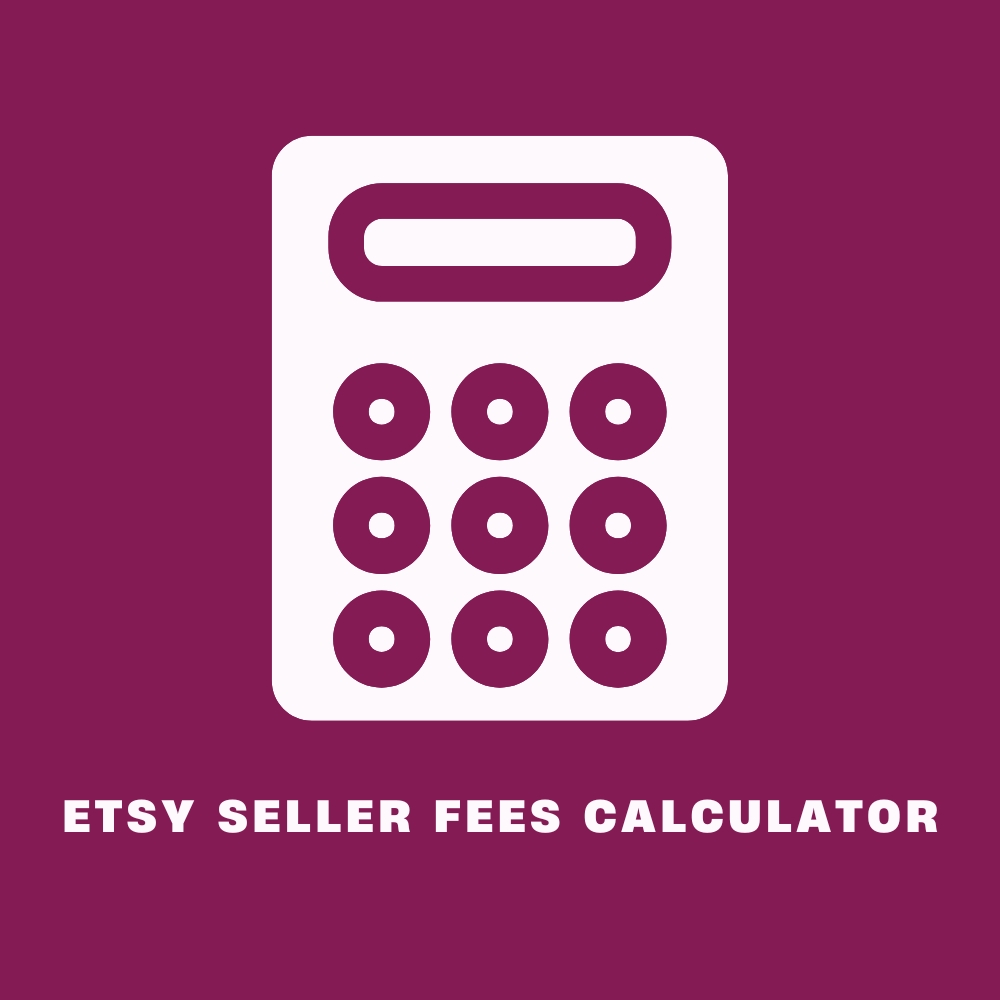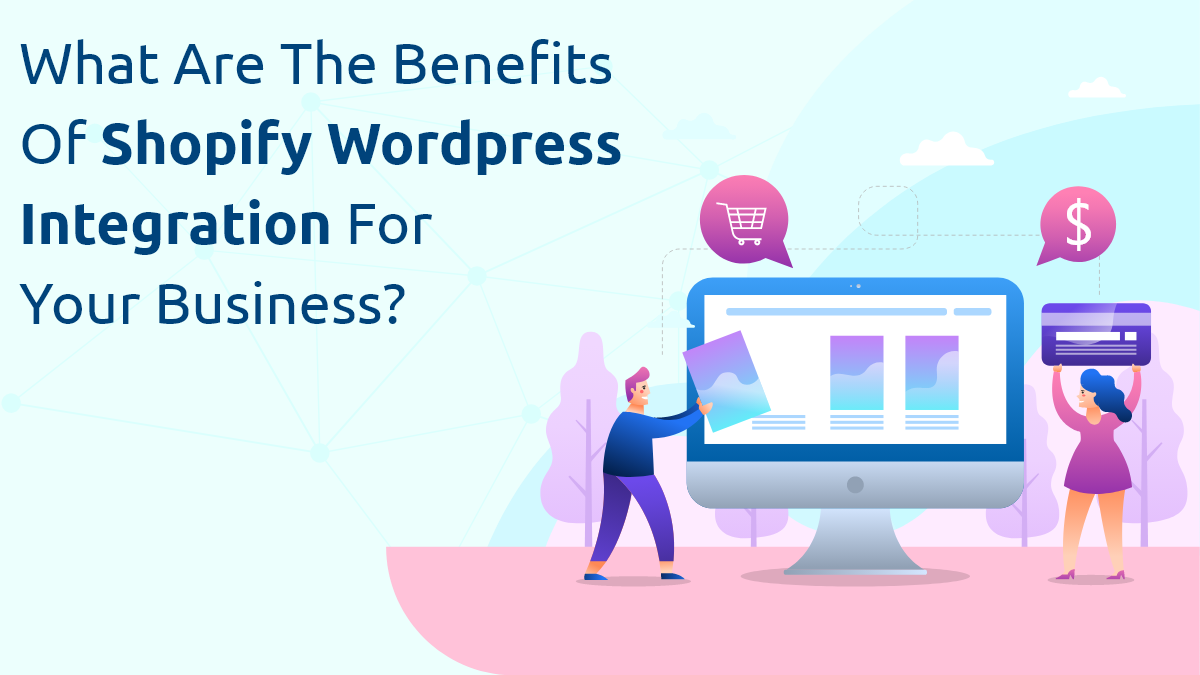Etsy has become one of the go-to platforms for artisans, crafters, and vintage sellers who want to showcase their work to a global audience. With over 80 million active buyers, Etsy offers a great opportunity for independent creators to turn their passion into profit. However, along with the opportunity comes a variety of fees that can sometimes be confusing for new and seasoned sellers alike. Understanding these fees is critical to ensure that you’re pricing your products properly and maintaining profitability. Fortunately, Etsy’s fee calculator simplifies this process, providing clarity on exactly what you’ll owe and what you’ll earn. In this guide, we’ll break down Etsy fees and show you how the Etsy Fee Calculator can help you manage your finances with ease.
Types of Etsy Fees
There are several types of fees that Etsy sellers must account for, ranging from listing fees to transaction and payment processing fees. Let’s look at each fee in detail.
1. Listing Fees
One of the first fees sellers encounter is the listing fee. Etsy charges a flat fee of $0.20 for each item you list in your shop. This fee applies to both physical and digital products and remains active for four months, or until the product is sold. If an item sells and is relisted, another $0.20 fee is charged. If the product doesn’t sell within the four-month period, the listing expires, and a new fee is required to relist the item.
This fee may seem small, but if you’re listing a large number of products, it can add up quickly. Using the Etsy Fee Calculator can help you estimate your listing fees, especially if you are selling in bulk.
2. Transaction Fees
Transaction fees are a percentage of the total sale price, including shipping and gift wrapping, if applicable. As of April 2022, Etsy charges a 6.5% transaction fee on the total amount the buyer pays. This is one of the more significant fees sellers will encounter, as it is tied to the final price of the product, not just the listed price.
For example, if you sell an item for $50 and charge $5 for shipping, the 6.5% transaction fee applies to the total $55, not just the product price. Therefore, your transaction fee would be:
6.5% of $55 = $3.58
This fee is automatically deducted from your sale, and it’s important to factor it into your pricing strategy to avoid cutting into your profits.
3. Payment Processing Fees
Payment processing fees vary by country and are charged based on how the buyer pays. In the U.S., Etsy charges a 3% fee on the total sale price (which includes shipping and taxes), plus a fixed fee of $0.25 per transaction. If your buyer pays through Etsy Payments, the default payment method, these fees will apply.
Using the same example of a $50 product with $5 shipping, the payment processing fee would be:
3% of $55 + $0.25 = $1.65 + $0.25 = $1.90
Like transaction fees, payment processing fees can quickly reduce your profits, so you’ll want to account for them in your pricing strategy.
4. Shipping Fees
Although Etsy doesn’t charge sellers directly for shipping, shipping costs are an essential consideration for sellers. If you offer free shipping, it is typically expected that the seller absorbs the cost. Even if you charge the buyer for shipping, Etsy still includes shipping fees in the calculation for transaction and payment processing fees.
For example, if your item sells for $40 and you charge $10 for shipping, the transaction and payment processing fees will be based on the total $50, not just the price of the item. That’s why it’s important to calculate shipping fees strategically, especially if you’re offering free shipping.
5. Off-Site Ads Fees
Etsy also offers sellers the opportunity to advertise through their Off-Site Ads program. If a sale comes through one of these ads, Etsy charges a fee of between 12% and 15%, depending on the seller’s annual revenue. Sellers who make more than $10,000 in sales per year are required to participate in this program, while others can opt out if they choose.
The off-site ad fees are based on the total sale price (including shipping), which can significantly reduce your profit margin. However, it can also increase visibility, so it’s important to weigh the pros and cons.
Why You Need an Etsy Fee Calculator
Navigating these fees can be complex, especially if you’re new to the platform. The Etsy Fee Calculator is an essential tool for any seller looking to price their products effectively and maximize profits. This tool helps you break down all the fees and provides a clear picture of what you’ll earn after fees are deducted from your sale.
Here are some ways the Etsy Fee Calculator can simplify your sales process:
1. Quick and Accurate Fee Calculation
The Etsy Fee Calculator allows you to input your product price, shipping costs, and any applicable taxes, giving you an instant breakdown of the fees you’ll be charged. This takes the guesswork out of pricing and ensures that you won’t be surprised by Etsy’s fees after you make a sale.
2. Helps You Set Competitive Pricing
With the Etsy Fee Calculator, you can experiment with different price points to see how much you’ll earn at various price levels. By calculating the exact fees for each price, you can set a price that is competitive in the marketplace while ensuring you’re not undercutting yourself.
3. Factor in Shipping Costs Effectively
If you’re offering free shipping, the Etsy Fee Calculator helps you build shipping costs into the price of your product, so you don’t end up losing money. The tool can calculate how shipping affects transaction and payment processing fees, allowing you to adjust your pricing accordingly.
4. Calculate Bulk Listings
If you’re selling multiple quantities of the same item, you can use the Etsy Fee Calculator to estimate how much you’ll earn from selling more than one unit. This helps you determine if offering a discount for bulk purchases is profitable after fees are deducted.
5. Account for Off-Site Ads
If you’re participating in Etsy’s Off-Site Ads program, the Etsy Fee Calculator allows you to see how much you’ll owe if a sale comes through an ad. This is especially important for high-volume sellers who are required to participate in the program, as the ad fees can significantly impact your bottom line.
Manual Fee Calculation: How It Works
If you prefer to calculate your fees manually, here’s how you can do it for a single sale:
-
Start with the Listing Fee:
- This is a flat $0.20 per item listed. If you’re listing 10 items, your listing fee would be $2.00.
-
Add the Transaction Fee:
- The transaction fee is 6.5% of the total sale price, including shipping. If your product sells for $40 and you charge $10 for shipping, your transaction fee would be:
6.5% of $50 = $3.25
Include Payment Processing Fees:
- For U.S. sellers, the payment processing fee is 3% of the total sale price plus $0.25. Using the same $50 example, your payment processing fee would be:
3% of $50 + $0.25 = $1.50 + $0.25 = $1.75
Factor in Off-Site Ad Fees (if applicable):
- If the sale came through an off-site ad, you’ll owe an additional 12-15% of the total sale price. If you were charged 12%, your off-site ad fee would be:
12% of $50 = $6.00
Calculate Total Fees:
- To get your total fees, add up the listing fee, transaction fee, payment processing fee, and off-site ad fee (if applicable):
$0.20 + $3.25 + $1.75 + $6.00 = $11.20
Determine Your Net Profit:
- Subtract your total fees from the sale price:
$50 – $11.20 = $38.80
In this example, after selling a $40 product with $10 shipping, your net profit would be $38.80 after Etsy fees.
In addition to the Etsy Fee Calculator, sellers can use the Global Fee Calculator to estimate fees across various e-commerce platforms, ensuring they stay profitable regardless of where they sell.
Conclusion
Etsy’s fee structure may seem overwhelming at first, but by using the Etsy Fee Calculator, sellers can simplify the process and ensure they are pricing their products appropriately. Whether you’re calculating listing fees, transaction fees, payment processing fees, or off-site ad fees, the calculator gives you a comprehensive view of how much you’ll actually earn from each sale. This enables you to maximize your profits and run a successful Etsy shop while keeping a firm grip on your expenses.




